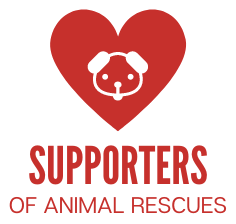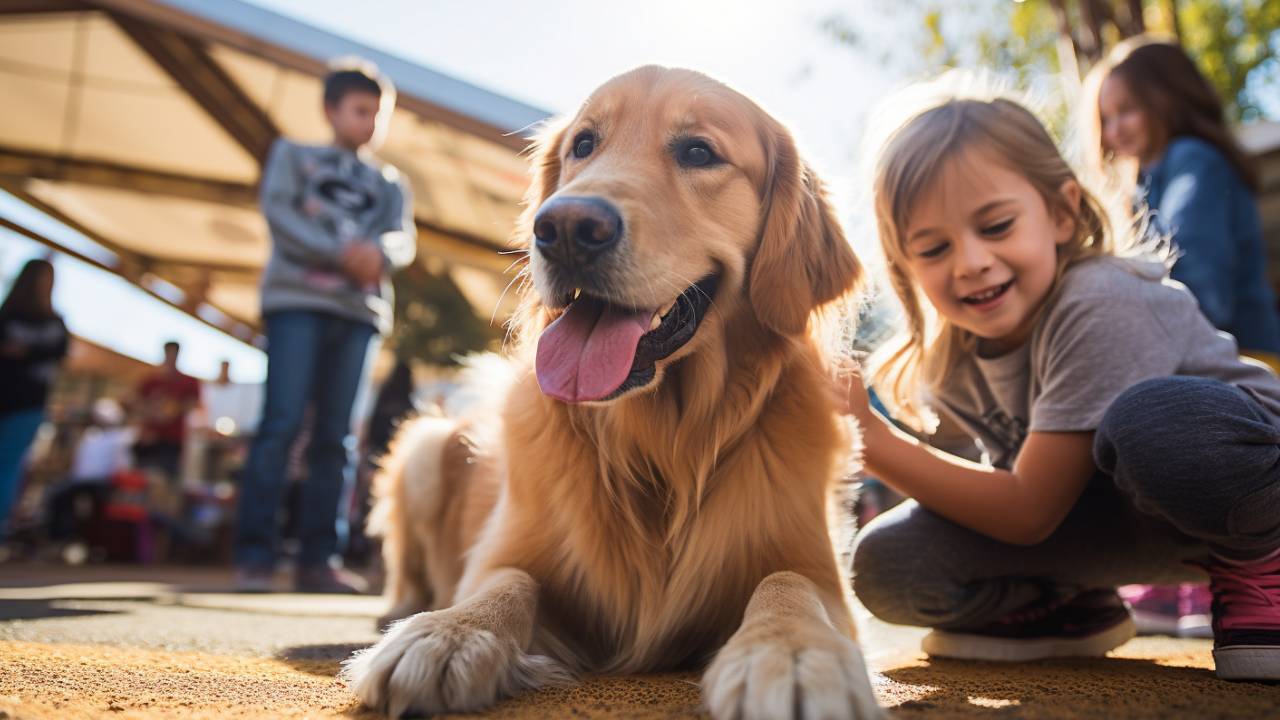Adopting a rescue dog is becoming increasingly challenging. Potential adopters frequently encounter complex applications and rigorous home checks. Organizations aim to ensure that dogs find a forever home that suits their needs, which can involve scrutinizing an adopter’s living situation, family dynamics, and lifestyle.
The perception of rescue dogs has evolved, moving away from the idea that dogs in shelters are “bad.” Now, rescue dogs are often seen in a positive light, yet the process of adopting a dog remains stringent. This ensures the animal’s well-being and minimizes the likelihood of returning to the shelter.
Heightened adoption criteria can include requirements such as having a fenced yard, a suitable environment for the dog to adjust to, and compatibility with the adopter’s lifestyle. These measures are intended to prevent the animal from facing instability and to reduce the chances that the dog will be returned to the rescue or shelter.
Understanding the Adoption Process
The adoption process is comprehensive and designed to ensure the dogs’ and potential owners’ safety and well-being. Rescues and shelters systematically assess applicants to find suitable homes, an approach that includes several structured steps.
Assessing Potential Owners
Organizations are diligent in evaluating would-be dog owners to ensure they can provide a stable and loving environment. They often look at lifestyle, living conditions, past pet ownership, and reasons for adopting.
Extensive Application Requirements
The adoption application is a critical part of the process, requiring detailed information. Potential owners must disclose their:
- Resident status (own or rent their home)
- Family composition
- Previous experience with pets
- Veterinarian references
- Personal references
In-Depth Interviews and Home Visits
After the application, interviews are conducted to discuss expectations and responsibilities. Home visits may then be scheduled to ensure the living environment is safe and appropriate for a dog, aiding in the success of the adoption.
Matching Dogs with Compatible Homes
Shelters strive to match dogs with homes where they will thrive. This involves analyzing the dog’s temperament and needs against the potential owner’s lifestyle, ensuring a harmonious relationship.
Challenges of Adopting

Adopting a dog can be a complex process with various hurdles. Potential adopters must navigate the high standards of rescue organizations, face competition, and understand the demands of special needs and breed-specific rescues.
Sometimes, there are state-level rescue policies to consider as well.
High Standards of Rescue Organizations
Rescue organizations often have high standards for potential adopters to ensure dogs are placed in optimal environments. They conduct thorough screenings, including home visits, reference checks, and interviews. These high standards help ensure that rescue dogs find supportive homes capable of meeting their specific needs.
Competition Among Adopters
Due to the limited resources and the number of available rescue dogs, adopters may find themselves competing for the same pet. This competition can be particularly fierce for certain breeds or puppies. Rescue groups aim to match their dogs with the best fit, which may leave many capable adopters without the chance to adopt the dog they desire.
Special Needs and Breed-Specific Rescues
Breed-specific rescues and those with special-needs dogs have additional considerations. These rescue groups look for adopters with experience or the willingness to accommodate dogs with specific needs.
This could mean medical conditions, behavioral issues, or requiring an environment that suits a specific breed’s traits. These high standards and requirements can make the adoption process more challenging for those unfamiliar with the needs of these specific rescue dogs.
Factors Considered by Rescues

Rescue organizations meticulously evaluate potential adopters’ living situations and past experiences with pets. They aim to match dogs with environments where they can thrive.
Lifestyle and Environment Compatibility
Rescuers scrutinize the lifestyle and environment of prospective adopters to ensure a harmonious fit. Houses with sufficient space, access to safe, fenced yards, and neighborhoods conducive to regular walks are often preferred. The presence or absence of a yard can significantly impact a rescue’s decision, particularly for active breeds that require ample room to play and exercise.
Family Composition Influence
The composition of an adopter’s family can greatly influence the suitability of a dog adoption. Agencies commonly consider how the presence of children or other pets might affect the dog’s adjustment to its new home. For instance, certain dogs may not be suited for homes with very young children or may require a family without other pets.
Pet Ownership History
Rescue groups may inquire about an adopter’s history with pets, looking for responsible ownership patterns and stable environments. A clear record of regular veterinary care, an understanding of pet needs, and proper security measures to prevent escapes are factors that can enhance an adopter’s candidacy. Past experience with training and addressing pet behavior issues is also viewed favorably.
Barriers to Adoption
The journey to adopt a dog often involves navigating a series of hurdles that can be both challenging and disheartening for prospective pet owners.
Strict Requirements and Policies
Many shelters and rescues have extensive application processes designed to ensure that dogs find a suitable and permanent home. These applications often include questions about an individual’s living situation, such as whether they own or rent their home and the specifics of their rental policies, if applicable.
Potential adopters may find themselves rejected due to factors like their occupation if it involves long hours away from home, which could signal a lack of time to care for the dog. Such requirements, while well-intentioned to protect the well-being of the animals, can add stress to the adoption process.
Misconceptions About Shelter Animals
Common reasons that deter people from adopting shelter animals are rooted in misconceptions. One belief is that shelter dogs may have behavioral issues or health problems, causing undue stress and possibly leading to a return. These misconceptions can influence the public’s willingness to adopt and impact the shelter’s policies, creating a more stressful process for those eager to adopt.
However, with proper information and support, adopters can understand that many shelter animals are indeed healthy, happy, and ready to become a loving part of a family.
Supporting Successful Adoptions

Adoption processes are designed with the well-being and compatibility of the pets and adopters in mind. They aim to forge lasting relationships and provide the necessary support to ensure successful, cohesive living situations.
Pre-Adoption Counseling
Pre-adoption counseling is a critical step that ensures potential adopters understand the responsibilities involved in taking care of a dog. Counselors assess the match between the dog and the adopter, discussing topics such as the dog’s disposition and requirements to ensure they are capable of providing a nurturing environment.
For example, matching a calm dog with an adopter seeking a serene companion can prevent further trauma for the dog and set the stage for a successful relationship.
Post-Adoption Support and Training
After a dog is placed, post-adoption support and training are essential to help both the dog and the adopter adjust to their new lives. Support includes access to resources for training to foster positive behavior and integration into the family.
Training can help a dog become great with kids and adapt to its new environment, ultimately reducing the chances of an adoption failing. Regular feedback from the adopter helps the supporting organization or shelter tailor ongoing support to each unique case.
Alternative Paths to Dog Ownership
When looking to bring a furry friend into one’s life, exploring various pathways beyond traditional adoption is valuable. Each offers distinct advantages that may suit different lifestyles and preferences.
Private Rehoming
Individuals often need to rehome their pets due to life changes such as relocation or allergies. Platforms like Instagram or community boards can facilitate private rehoming. It typically involves fewer requirements than formal adoption processes, allowing for a smoother transition for both the dog and the potential new owner.
Exploring Other Rescue Options
Petfinder and the ASPCA are valuable resources for those looking to adopt. They often feature a wider variety of dogs and may have different adoption criteria. For those open to travel, searching outside one’s immediate area can uncover rescue groups with fewer demands. Additionally, fostering provides a temporary commitment with rescue organizations, offering a trial period that can lead to permanent adoption.

